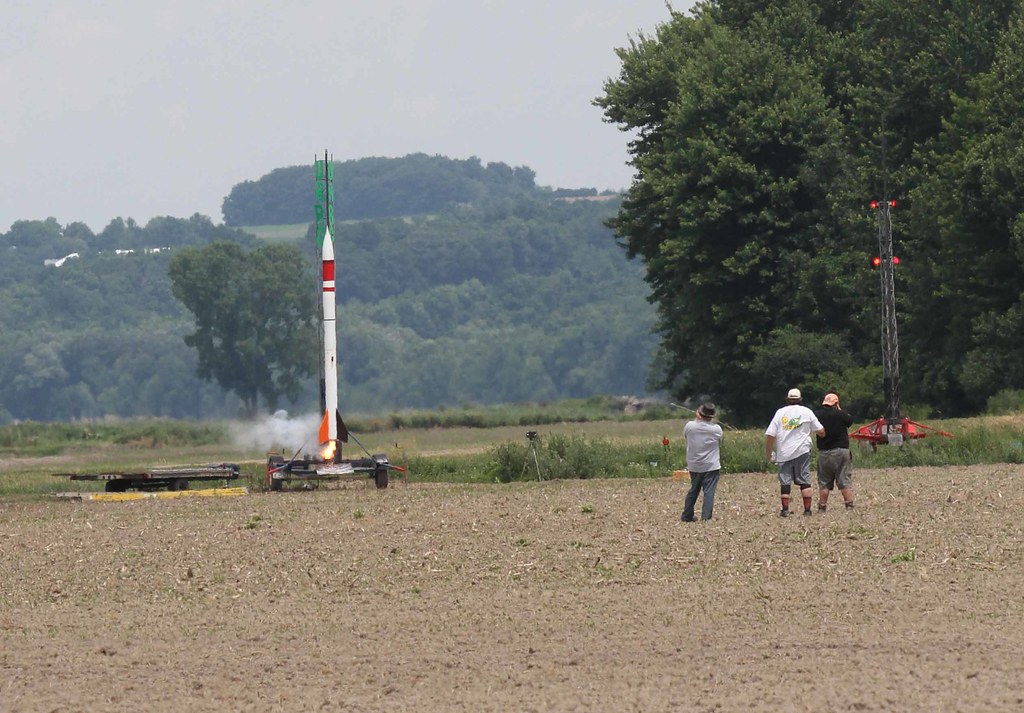This isn't a possibility of failure on a small scale with a few people around. This is a giant scale, at one of the largest events of the year. The attitude of "oh let them fail, they'll learn" does not apply.
I'm not saying it can't be done. I'm not saying they can't do it. But they do have a large gap of experience to this project to cover (which is very possible). But if the people in charge see a failure coming.... Don't expect them to let this fly.
I love to study failure. You do learn a TON more. However, letting people blaze away into it is irresponsible.
Perhaps I should have been a bit more specific of what kind of failure.
Ignoring safety rules to let them fly isn't what I was intending to imply. I was saying let them try to build the rocket, If they get to launch day and their rocket isn't up to spec, well tough your aren't going to fly. That was the kind of failure I was speaking to, not all kinds of failure end in a fire. This is a pretty conventional rocket, even if a bit big, so figuring out if it is safe to fly or not shouldn't be that difficult. Just as long as they document what they do for the construction of the fincan. Might even be advisable to see if they can meet up with their mentor during that construction process since it's the most difficult part.
My very first HPR rocket was 13' tall and 6" in diameter, had an active control system on board, 8 different computers, several arrays of sensors, carbon composite fins, and flew on a L2200G. The largest rocket that I had flown at that point was a estes D motor in a construction paper rocket. To top it off, our NAR club in our state had been founded about 3 months before we started the project. We embarked on uncharted territory in almost every single direction, figuring out how to get rocket motors shipped to us, a control system scheme that had never really been tried by anyone before, lining up launch sites, it was the largest amateur rocket launched in Alaska for several years. Our mentor also lived 360 miles away, adding some difficulty in communicating and planning. But, seven months, several HPR certs, many sleepless nights, a book of lessons learned, and 3 launches later we were successful on that project on pretty much all of the requirements that both were put on us, and that we had set for ourselves. So I may be a bit off in my perception of difficulty of things, but I wasn't all that much older than these guys when I did that project.
Writing a group off because of their experience level isn't how you help them grow. Even if the project is more than what they can chew, help them figure out why and then with that process you generally will have a much better understanding of things on the projects you can handle.
When I set off on a project, I typically have two sets of requirement that I will set. My minimums to achieve that will let me call my project a success. Then usually a much more ambitious set that will push me to learn more things than I would have otherwise, but if I don't happen to meet all of them, it's ok.
I seem to recall things like porta-potties and other such oddities being launched a previous LDRSs, so it's not like their rocket is outside the realm of reasonable.









